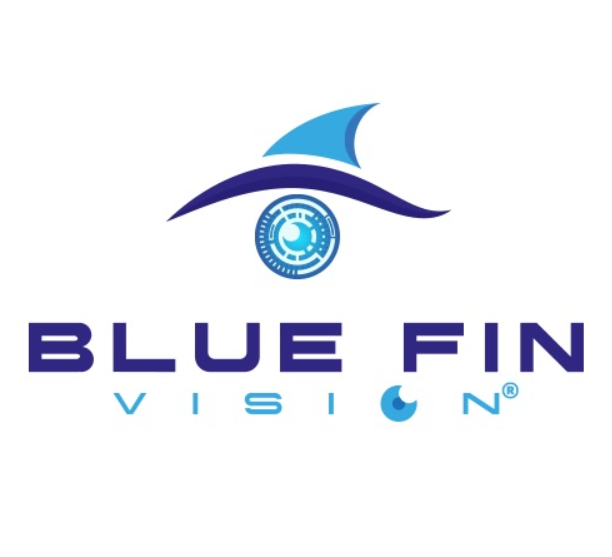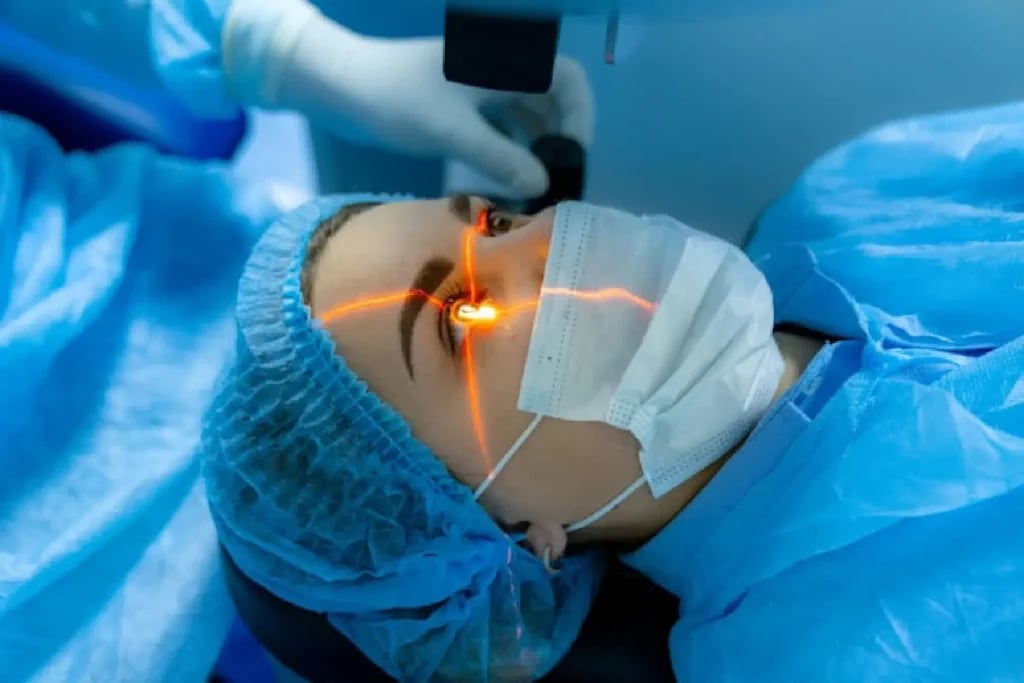
Laser eye surgery has helped millions of people around the world achieve better vision without the need for glasses or contact Laser eye surgery. While the procedure is widely considered safe and effective, it is important to understand the potential risks and what to expect during the recovery process before deciding to undergo surgery.
Common Types of Laser Eye Surgery
The most well-known form of laser eye surgery is LASIK (Laser-Assisted In Situ Keratomileusis), but there are other procedures such as PRK (Photorefractive Keratectomy) and SMILE (Small Incision Lenticule Extraction). Each method reshapes the cornea to correct vision problems such as nearsightedness, farsightedness, and astigmatism.
Potential Risks and Complications
Like any surgical procedure, laser eye surgery carries some risk. While serious complications are rare, it is essential to be aware of them. Some possible side effects include:
- Dry eyes: This is one of the most common temporary side effects. Many patients experience dryness during the first few weeks or months following surgery.
- Glare or halos: Some individuals may see halos or experience glare, particularly at night. These symptoms usually fade over time but can be bothersome initially.
- Undercorrection or overcorrection: In some cases, the desired level of vision correction may not be achieved with one procedure. Additional surgery or the use of glasses may still be necessary.
- Infection or inflammation: Though rare, infection or inflammation may occur. Proper aftercare and follow-up visits are essential to prevent and manage such issues.
- Flap complications (in LASIK): Since LASIK involves creating a corneal flap, there’s a small risk of flap-related problems such as displacement or healing issues.
Understanding these risks can help set realistic expectations and aid in making an informed decision.
The Recovery Process
Recovery from laser eye surgery is generally quick, with most patients noticing improved vision within 24 to 48 hours. However, full healing can take several weeks. Here are some key aspects of the recovery process:
- Resting your eyes: Avoid straining your eyes for the first few days. Activities like reading, watching screens, or driving should be minimized initially.
- Follow-up appointments: Regular check-ups with your eye specialist will ensure your eyes are healing properly.
- Eye drops and medications: You will likely be prescribed eye drops to prevent infection, reduce inflammation, and keep your eyes moist.
- Avoiding irritants: Dust, smoke, and other environmental irritants should be avoided. Also, refrain from using makeup or swimming for at least a week or more, as advised.
- Protecting your eyes: Wearing sunglasses outdoors and using protective eyewear during sleep (if recommended) can help safeguard your healing eyes.
Most people can return to normal activities within a few days, although complete visual stabilization may take longer.
Conclusion
Laser eye surgery can be life-changing, providing clearer vision and reducing dependence on corrective lenses. However, it’s important to weigh the potential risks and understand the recovery process to ensure the best outcome. By following medical advice and taking the necessary precautions, many individuals enjoy long-term benefits and improved quality of life after the procedure. Always consult a qualified eye specialist to determine if you are a suitable candidate and to discuss any concerns you may have.
